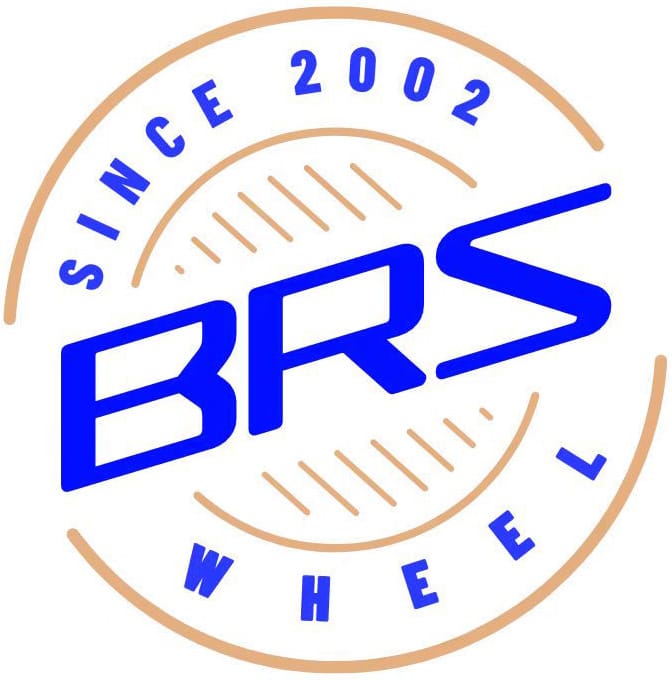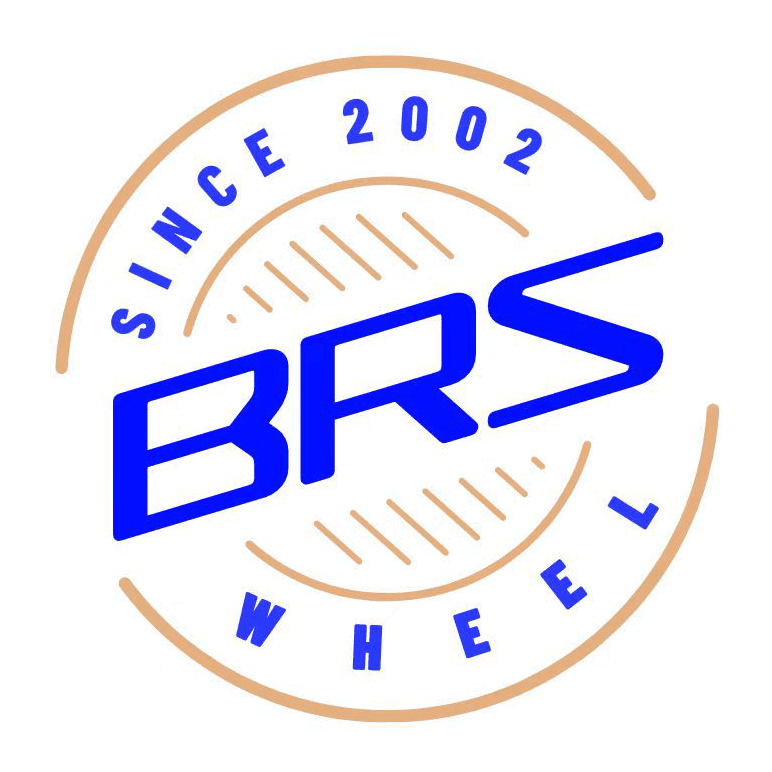
Understanding Rim Size Designation
Understanding the specifications of agricultural wheel rims is essential for ensuring optimal performance and safety. The rim size designation plays a crucial role in this process. It involves several key elements, including rim profile codes, width, and diameter.
Agricultural Wheel Rims Specifications
Rim Profile Codes
Explanation of Common Rim Profile Codes
Rim profile codes provide essential information about the design and structure of agricultural wheel rims. These codes help identify the specific characteristics of a rim, such as its shape and compatibility with different tire types. Manufacturers often stamp these codes on the rim itself, making it easier for users to select the right rim for their needs.
Examples of Rim Profile Codes in Agricultural Wheel Rims
Agricultural wheel rims come with various profile codes, each indicating a unique design feature. For instance, a common code might include a combination of letters and numbers that specify the rim’s contour and flange design. Understanding these codes helps users ensure that the rims they choose will fit their tires correctly and perform optimally in agricultural settings.
Width and Diameter
How to Measure Rim Width and Diameter
Measuring the width and diameter of agricultural wheel rims accurately is vital for compatibility with tires. The rim width is the distance between the inner flanges, while the diameter is measured from the bead lip to the opposite side. Using a special ball tape ensures precise measurements. Manufacturers often provide these dimensions on the rim, with the first digit indicating the diameter and the second representing the width.
Importance of Correct Width and Diameter for Performance
The correct width and diameter of agricultural wheel rims significantly impact tire performance. A mismatch can lead to improper tire seating, causing structural issues and potential damage. Ensuring the right fit maintains the tire’s integrity and enhances the machinery’s efficiency. Properly sized rims contribute to the overall safety and functionality of agricultural equipment, preventing unnecessary wear and tear.
The Concept of Offset
Positive Offset and Its Applications
Positive offset occurs when the mounting surface is closer to the wheel’s outer edge. This configuration is common in modern vehicles, including some agricultural machinery. Positive offset helps in accommodating larger brake components and provides a wider stance for stability. It is particularly useful in applications where increased load-bearing capacity is required.
Negative Offset and Its Applications
Negative offset places the mounting surface closer to the wheel’s inner edge. This setup is often found in off-road and heavy-duty agricultural equipment. Negative offset enhances traction by widening the wheelbase, which is beneficial in uneven terrains. It also allows for better maneuverability in tight spaces, making it ideal for smaller or irregularly shaped fields.
Importance of Offset in Wheel Fitting
Impact of Incorrect Offset on Machinery
Incorrect offset can lead to several issues in agricultural machinery. A mismatch may cause the wheels to sit too far in or out, affecting the vehicle’s handling and stability. This misalignment can result in uneven tire wear, reduced traction, and increased stress on suspension components. In severe cases, it may even lead to mechanical failures, compromising safety and efficiency.
How to Choose the Right Offset
Choosing the right offset involves understanding the specific requirements of the machinery and the intended application. Manufacturers often provide guidelines for optimal offset settings. It is essential to consider factors such as load capacity, terrain type, and equipment size. Consulting with experts or referring to manufacturer recommendations ensures that the selected offset aligns with the machinery’s design and operational needs. Proper offset selection enhances performance, prolongs tire life, and contributes to the overall productivity of agricultural operations.
Compatibility with Tires
Matching Rims and Tires
Ensuring compatibility between rims and tires is crucial for optimal performance and safety in agricultural machinery. Proper matching involves understanding the specific requirements of both components.
Guidelines for Ensuring Compatibility
1. Consult Manufacturer Guides: Always refer to the manufacturer’s guide or the Tire and Rim Association (TRA) Yearbook for the allowable range of rim widths for a specific tire size. This ensures that the tire fits correctly and performs as intended.
2. Check Rim and Tire Specifications: Verify that the rim diameter, width, and flange contour match the tire’s design. Tires are molded to fit specific rim dimensions, and any deviation can force the tire into an unnatural shape.
3. Consider Equipment Design: Rims come in various widths to accommodate different equipment needs. Ensure that the selected rim supports the tire’s load-carrying capability and provides the necessary traction.
Common Mismatches and Their Consequences
Incorrect Rim Size: Using a rim size not approved by the tire manufacturer can lead to tire failure and loss of vehicle control. The tire may not seat properly, resulting in uneven wear and reduced efficiency.
Incompatible Widths: At the extremes, such as extra-wide tires on skinny rims, the tire might not fit. This mismatch can compromise the tire’s structural integrity and performance.
Consequences of Mismounting
Potential Damage from Mismounting
Structural Damage: A tire mounted on an incorrect rim size may experience undue stress, leading to structural damage. This can result in premature tire wear and potential blowouts.
Reduced Load Capacity: Mismounting can affect the tire’s ability to carry loads effectively. The tire may not distribute weight evenly, leading to decreased load-bearing capacity.
Safety Concerns and Performance Issues
Loss of Vehicle Control: Improperly mounted tires can lead to a loss of vehicle control, especially at high speeds or on uneven terrain. This poses a significant safety risk during agricultural operations.
Decreased Efficiency: Mismounted tires may not perform optimally, reducing the efficiency of agricultural machinery. This can lead to increased fuel consumption and operational costs.
In conclusion, ensuring compatibility between rims and tires is essential for maintaining the safety and efficiency of agricultural machinery. By following manufacturer guidelines and understanding the specific requirements of both components, users can prevent potential issues and enhance the performance of their equipment.
Understanding the specifications of agricultural rims is crucial for machinery performance and safety. Correct rim size, offset, and tire compatibility ensure efficient operations. Tractor Tire Pro emphasizes the importance of accurate measurements for a proper fit. Users should:
- Select rims that match tire dimensions.
- Ensure offsets align with machinery requirements.
- Consult experts when uncertain about specifications.
By following these guidelines, users can enhance machinery efficiency and safety. Proper rim selection not only extends tire life but also optimizes agricultural productivity.
- Posted In:Agricultural Wheels






